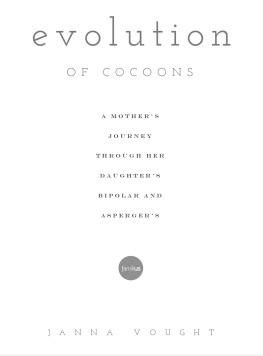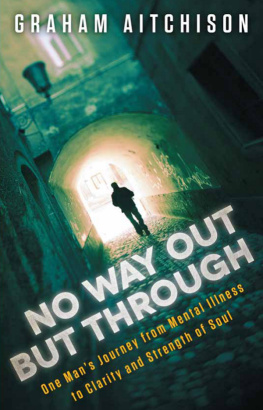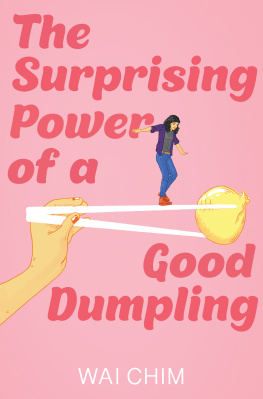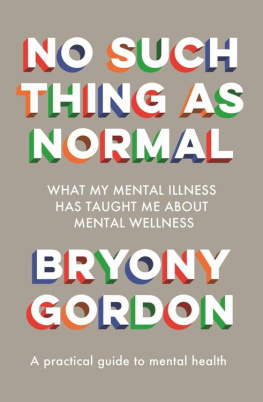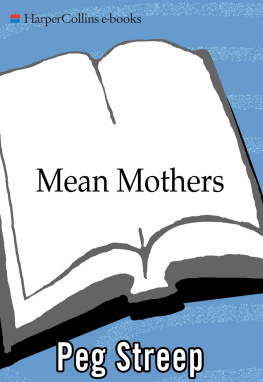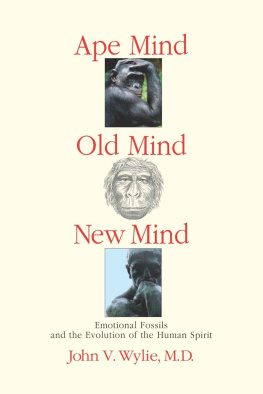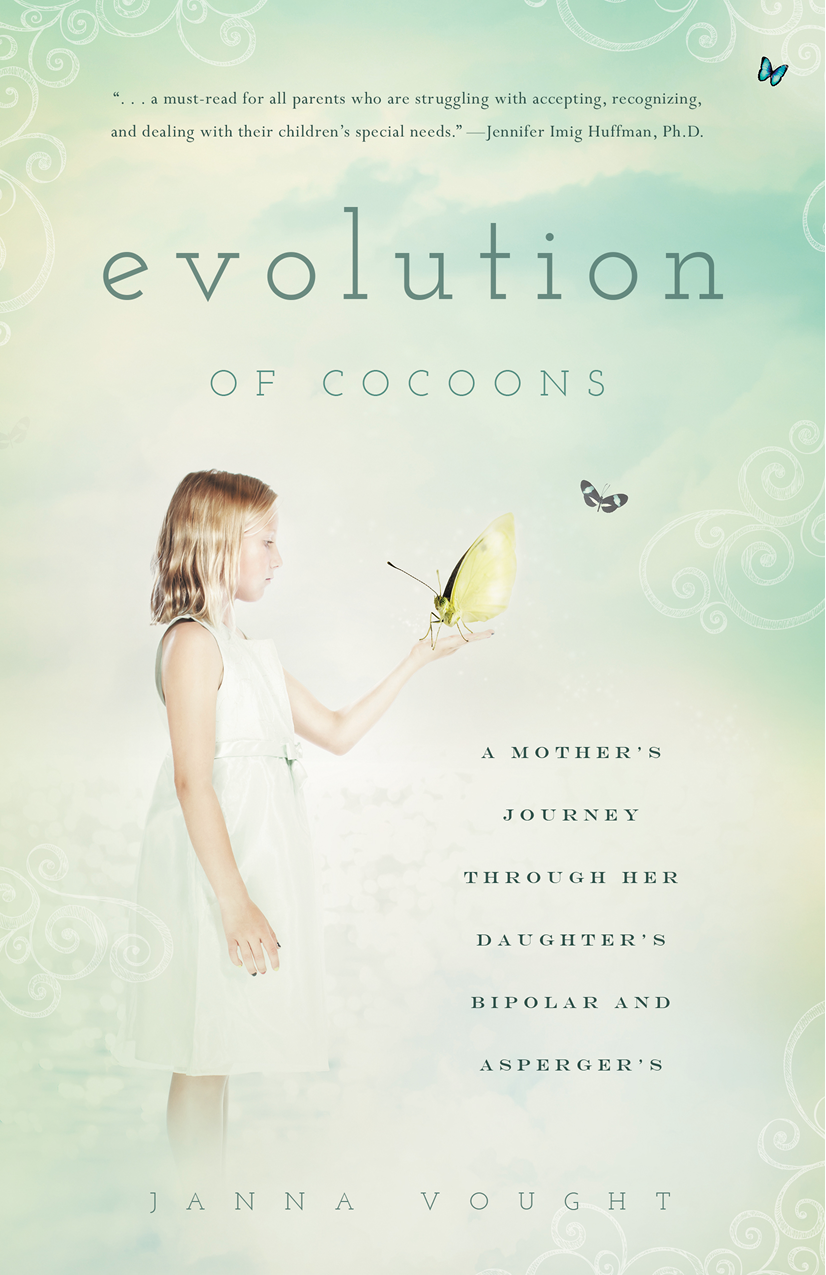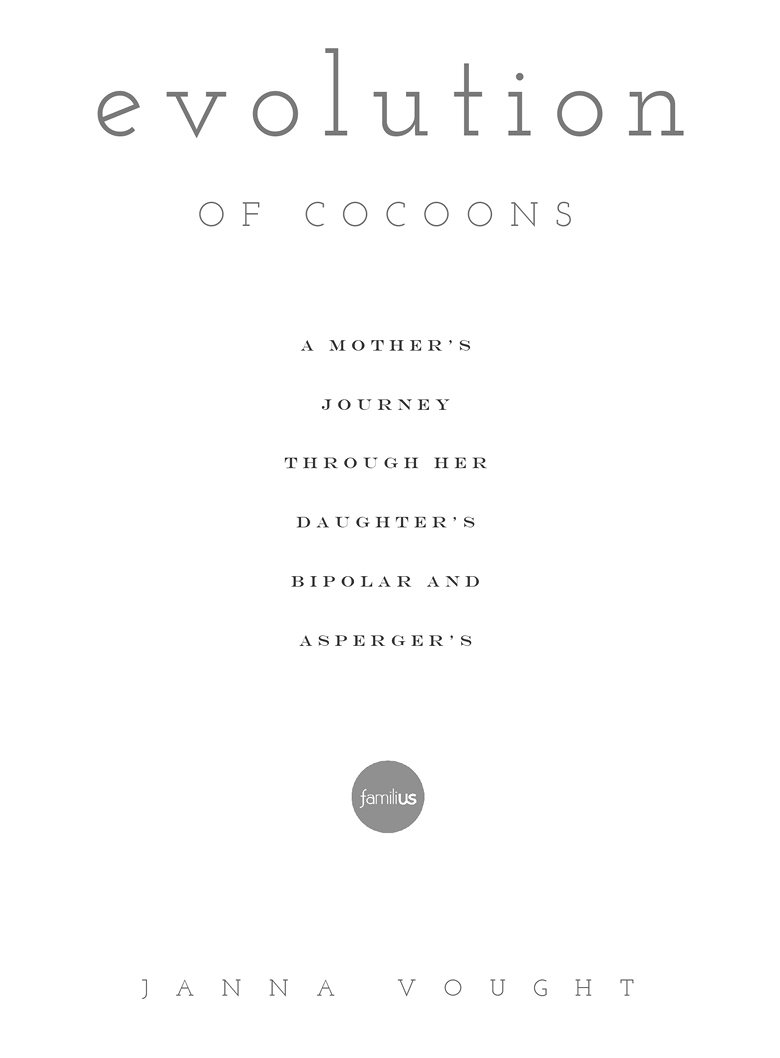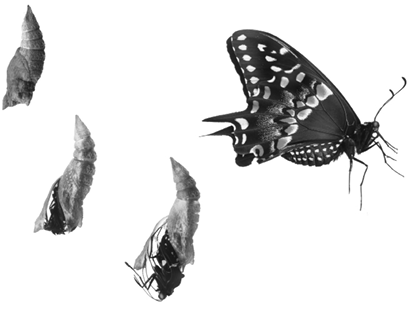
Introduction
B utterflies emerge from their cocoons perfect specimens of nature. Their wings display images of symmetry. The figures, colors, and designs on both wings are identical, each an exact replica of the other. Even the smallest spot, a fleck of color in the iris of the eye, appears on both sides, woven from the intricate layering of minute scales that fashion these masterpieces of art and marvels of creation. Such a natural ideal provides proof that living entities form as
a result of ordered and predestined creation, not a series of random or unconscious coincidences.
Butterflies dont fly the same. Some, like the monarch, whose migration pattern requires flying great distances, have large broad wings that allow them to coast along in thermal uplifts with little exertion, while other species, like the viceroy, have small wings suited for rapid fluttering as their life cycle does not require them to travel far. Evolution dictates the formation of their wing and body design. Wings vary in shape, color, and function based upon the genetic makeup of the species as determined by their need to adapt to unique environments. Survival depends upon their wings, features vital for their prosperity.
Nature, however it strives for perfection, makes mistakes and creates small hiccups in the patterns. Anomalies in its design lead to devastation. Sometimes, monarchs emerge from their cocoon with crinkled or deformed wings. Several factors contribute to this debilitating condition: parasites, improperly formed chrysalis, disease. When this occurs, little hope remains for the creature; it cannot fly, and therefore, cannot survive. When encountering a deformed butterfly, one should consider destroying it in order to prevent the disease from spreading to the rest of the population. Placing the butterfly in a plastic bag in the freezer terminates its life; its the humane thing to do.

The Monarchs Fall
A Monarch fell
onto my bare foot
in the yard. Unfazed
by its plummet, wings crumpled
like tissue paper, it rolled to the side
in search of some greater
comfort. I nudged it
with my toe. The wings never
fluttered. It continued
on its way, stumbling over clumps
of brown grass, determined
to get somewhere, undaunted.
It lumbered over obstacles,
twisted wings dangling
behind: garden hose, tennis ball
relic used for canine leisure,
past rose bushes, unspoiled clover
blossom, the vegetable garden.
Exhausted by its trek
across the landscape,
it collapsed in filtered shadows
of the silver maple.
Others strum air with their wings.
They lift blue sky
where sunlight rides the wind.
Fast and sharp they glide, a million
patterns of perfect symmetry
take flight. Far from anywhere,
emptied of its last drops
of life, the butterfly brushed
its deformed wings against
my cupped hand. I plucked it
from the grass, studied
its silhouette in fading light.
With the last meticulous
fold of its wings, it shuddered
against an unseen chill and died,
destination never realized.
Is this what it feels like
when dreams die?
I buried its ply body
underneath a honeysuckle bush
ripe with new blooms and cried.
Her Arrival
November 18, 1998
4:31 p.m., a baby girl
6 pounds 8 ounces
20 inches
I had you
one afternoon, autumn days
dwindling into winter,
breeze brisk, sky smeared
with white cirrus. Kinetic energy
of bodies ignited formed
you. You bloomed. Eight months
and twenty-seven days
you drifted in liquid darkness
while I waited to greet you.
I didnt recognize
myself, feet far removed
from my body. My belly
stretched like a plastic bag
weighted with stones.
You moved away
from me like peeling fruit
from the rind.
You existed an endless
repetition of echoes,
a thousand lifetimes
exposed in your blue
gray eyes. The life I owned
a tapestry of miscues
and imperfections until you.
My enormous body purged
of your being, belly soft
and empty. On a mild evening
in November, sky clinging
to light, I held you
to the sky so God
may greet you.
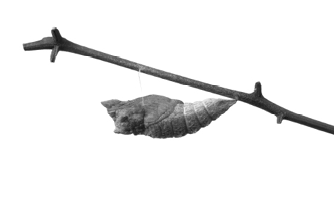
I.
Life is nothing but a series of crosses for us mothers.
Collete
M y daughter is mentally ill. It sounds more like a confession than a proclamation, a dirty secret kept hidden from prying eyes, but I find no shame in admitting my reality. Destiny presented me with a situation that affords me access to a most strange, sometimes frightening, beautiful, and always intriguing world. Many never breech the barriers of this domain; they linger just outside the gates, afraid to enter. Others never find the opening, their presumptions obscuring their vision. Im one of the lucky ones. God granted me access the day my daughter, Kamryn, entered the world.
Fate dealt Kamy a cruel hand, crippling her mind with a toxic brew of mental illnesses that destroy her capability to lead a regular life, that torture her spirit with anxiety, compulsions, hallucinations, and rage. As a result, our family endures the travails of her diseases. Instead of going to soccer games and dance recitals, we attend therapy sessions and medicine checks. We do not plan for college, but prepare for institutionalization. We sign our daughter up for Social Security benefits while other parents register for swim classes or day camp. Local hospitals and the police are permanent fixtures on our speed dial. Our definition of normal lies just this side of deviancy. What others find abnormal is our reality.
The parents of a mentally ill child differ little from parents of healthy children. We weep, laugh, struggle, falter, enduresurvive. What makes parenting unique for us, however, lies in the perpetual reminder of our undoing. Each day, we witness the devastation of our child as a result of his or her illness. Like the father who watches his child fade from cancer or the shock of a mother who loses her child to a violent crime, we spiral down, plummeting into misery only to rise againa spirit resurrected. We live with the constant reminder of what we once had. Our therapist told us when we received Kamryns diagnoses: Grieve for your loss. The Kamryn you once knew is gone. You lost the life you knew before. All that you thought true is no more. You packed for Italy, but arrived in Holland.
We are a small family. Steve, Kamryn, our younger daughter Jordan, and I live in a modest brick house in the heart of Colorado Springs, a city nestled in the shadow of the Rocky Mountains. We function as a close-knit family. We experience each others every triumph and failure, elation and despair. Steve and I always considered growing our family after Jordans birth, something that I now am thankful never came to fruition. This family offers plenty. I maintain some semblance of a normal existence in our home, no doubt a daunting task. I had to overcome my need to control every aspect of life when Kamryn succumbed to her illnesses seven years ago.

